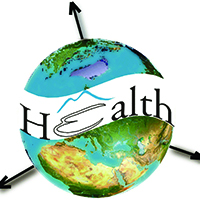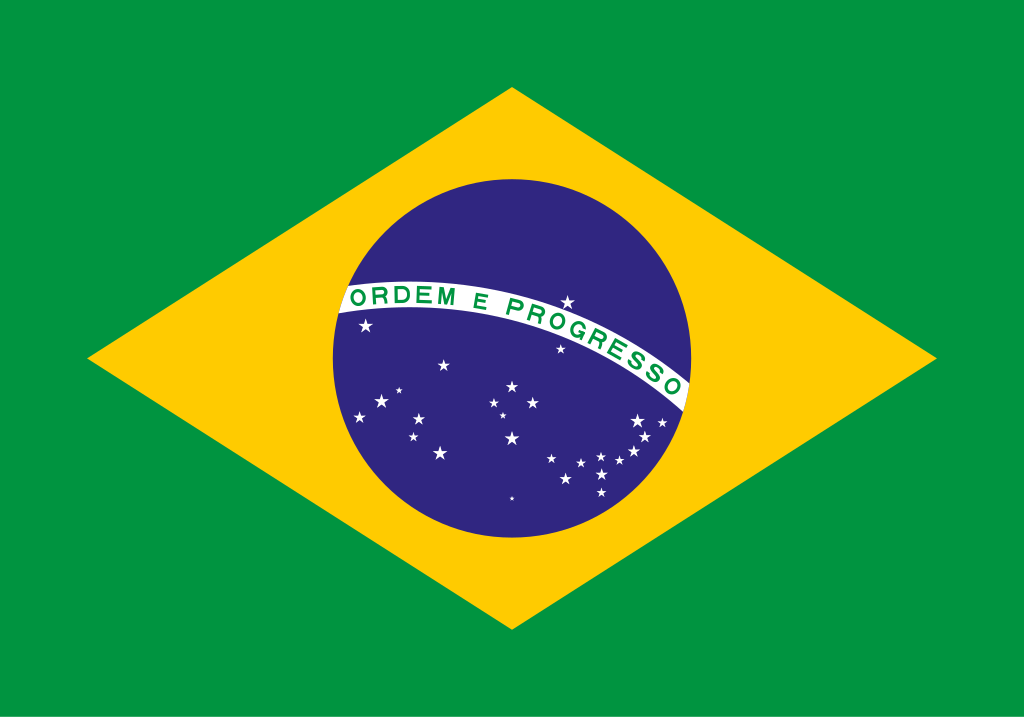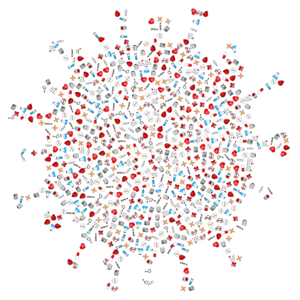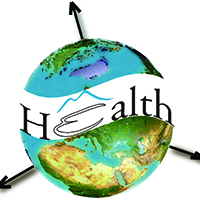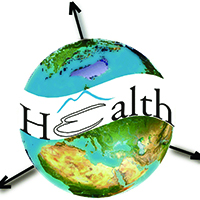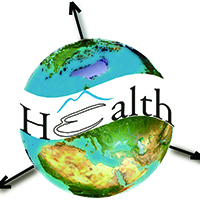FOR AUTHORS
Search
Search Results
##search.searchResults.foundPlural##
-
Global spreading of Omicron variant of COVID-19
1697PDF: 732HTML: 48 -
Global Mpox spread due to increased air travel
2092PDF: 636HTML: 250 -
A geographical information systems-based approach to health facilities and urban traffic system in Belgrade, Serbia
1620PDF: 804APPENDIX: 748HTML: 91 -
A topological multilayer model of the human body
3090PDF: 1140HTML: 1549 -
Promoting sustainable health equity: accessibility analysis and optimization of tertiary hospital networks in China’s metropolitan areas
204PDF: 156Supplementary materials: 24HTML: 3
1 - 23 of 23 items






